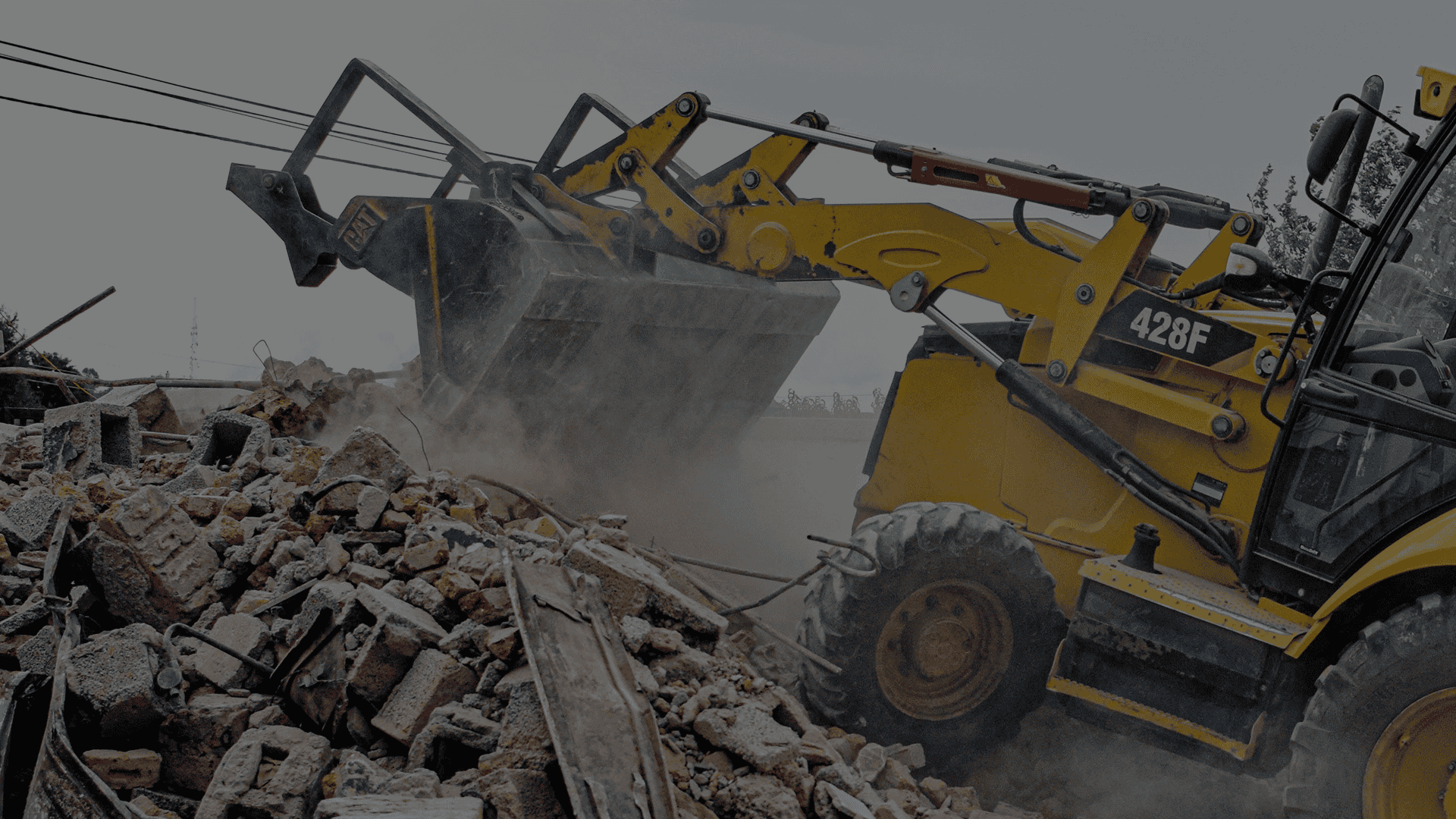Ever feel like you’re spinning your wheels, putting in the effort but not seeing the results you want? When it comes to getting more done (and making more profit), one of the smartest moves you can make is to tackle waste head-on. Think of the concept of Lean Manufacturing like decluttering your work process—getting rid of the unnecessary stuff that’s slowing you down. And guess what? The best people to spot and fix those roadblocks are the ones doing the work each day. Let’s dive into how their insights can make all the difference.
Waste in Lean Manufacturing
First, what is Lean Manufacturing? It’s a systematic approach focused on maximizing value for the customer while minimizing waste in a manufacturing operation. Think of it as a philosophy and a set of tools aimed at making production as efficient and effective as possible. It’s not just about cutting costs—it’s about understanding what the customer truly values and then streamlining all processes to deliver that value with the least amount of effort, resources, and time.
Lean thinking classifies wastes into different categories—each of which is an added cost. When everyone in the company is focused on eliminating waste, the company will improve:
- Pricing to customers, meaning potentially higher sales volumes
- Wages it can afford to pay its people
- Profitability
- Its reputation, and the types and status of work it does
- Its culture—everyone is happier working in a successful company
Anytime your people are working on a process that does not directly add value for your customer, these processes are WASTE! Some waste can’t be avoided, but we can at least look at every form of waste to see if we can reduce it.
Take your crews emptying their trucks at the end of the night. Your customers don’t pay for that, and they really don’t get any value out of it. But, it’s essential for your crews to do so they can prepare for the next day. If we want to minimize waste here, we have to look for the fastest and most efficient way to empty the trucks. That way your crews spend more of their time on work that is billable, and that work adds value to your customers and revenue to your company.
For many projects, non-value-added activities (waste) accounts for over 80% of the activities in a job. These are things like fueling the trucks, moving materials from supplier to work area, cleaning up the work area, and getting tools and equipment. These tasks are necessary, but the customer doesn’t get any value from them. The customer only cares about the end result—the service or product you provide. So, to run a successful company that outperforms the competition in sales, profits, and employee wages, everyone needs to get on the same page about minimizing time and costs.
How Lean Waste Applies to the Service Industry
Although the concept of Lean originated in the manufacturing sector, it has tremendous application in the service industry. The “waste” is even greater in services for two reasons:
- In services it’s people doing the work, not machines. Their daily efficiency can’t be measured and controlled as easily machines. The more variation = the greater the opportunity for waste
- Waste is harder to see and classify in the service industry. It’s mostly based on the actions and activities of people, which is pretty varied
By properly applying the concepts of Lean into the service sector, it’s possible to eliminate 50% or more of the cost of doing any activity. Why? Because what Lean considers as waste, most services organizations take for granted as a necessary evil. There is tremendous potential to improve service, profit, and opportunity for every key member of the company with a little waste management.
9 Types of Waste
While the framework of Lean Manufacturing usually outlines eight types of waste, we’ve outlined nine wastes. You’ll see why when we get to the last one!
1. Overproduction
Ever go a little overboard on a project? When you’re producing more than what’s needed, or even get some thing ready ahead of time, that’s overproduction in action. Take over-excavating a patio area as an example. If the specifications call for a depth of six inches, yet the excavation extends to twelve inches, you incur extra costs in fill removal, excavation time, base material costs, and base installation time.
2. Waiting
Imagine your crews waiting on site for the delivery of materials. Or they’re not sure what to do next and are waiting for instruction. How about simply waiting in line for fuel? These are all examples of pure non-value-added time where the most valuable resource—your people—is stuck in limbo. Then, consider the ripple effect of this waiting. Suddenly you have bottlenecks, dissatisfied crews, and unhappy customers (maybe we’re being a bit dramatic, but it’s possible!).
3. Transportation
Transportation is a necessary waste. Your customer doesn’t pay for the extra truck that delivers the stone, but they do want that stone beautifully installed. Our goal? Keep that movement of people, equipment, and materials to the absolute minimum.
Consider the nightmare scenario of an equipment breakdown. Suddenly, you’re playing logistical Tetris: hauling the broken machine to the shop, rushing a replacement to the site, and then eventually shuffling both back where they belong. While all this moving around happens, your crew’s productivity tanks, labor costs climb, and deadlines start to slip. Bottom line? Old or poorly maintained equipment can be a fatal flaw for contractors.
4. Unnecessary / Extra Processing
Ever feel like you’re doing extra work for no real reason? That’s the waste of over-processing. It’s those unnecessary steps and activities that don’t add any value for the customer but still gobble up your precious time and resources. Think about performing a detailed inspection on something that should have been done right the first time, or diligently filling out reports that end up gathering dust in a virtual or physical filing cabinet. These are the tasks that, while they consume effort, don’t make the final product or service any better. Identifying and eliminating this kind of ‘extra’ is like streamlining your workflow, cutting out the unnecessary fluff so you can focus on what truly matters and delivers value to the people who count—your customers.
5. Unnecessary Inventory
Although your accountant will treat inventory as an asset, it is important to realize that inventory is actually an operating cost. Inventory that spoils, goes obsolete, or is otherwise rendered unnecessary really adds up.
A good example is skids of bagged concrete mix inventoried at the yard, but uncared for. All it takes is a few days of rain and the concrete hardens and the material turns to waste. Or you could have plant material that is ordered to the yard, but if it’s not cared for properly it dies.
6. Defects
These are wastes due to not doing it right the first time. Every time there is a problem with quality—or doing less than specifications—the following costs are incurred:
- The time and cost of doing the work improperly in the first place
- The time and cost of doing the rework
- The time and effort of dealing with the customer about the defects
- The cost of replacement materials, deliveries, etc.
- The cost of a potentially lost referral, or dissatisfied customer
- The frustration of employees who have to go back to repeat work
That’s a cascade of waste, when your crews could have focused on doing the job right from the start.
7. Unnecessary Motion
Crews don’t want to play a game of hide-and-seek with their tools and parts. That’s the frustrating reality of motion waste when you have a poorly designed of workflow, a poor layout, an unorganized work area, or inconsistent or undocumented work methods. Work areas should be setup in a manner that maximizes productivity and minimizes motion back and forth. A smart, streamlined workspace is like a well-oiled machine, where everything is within easy reach, minimizing those productivity-killing steps, and keeping everyone focused on what truly matters.
8. Human Talent or Potential
The collective brainpower of your entire crew is powerful. When everyone is actively seeking out smarter, more efficient approaches to work, it’s like adding rocket boosters to your progress and financial results. And when a company’s financial results improve, it creates a real chance for everyone who’s contributing to share in the success and see a tangible difference in their own lives. A rising tide lifts all the boats!
9. Resistance to Change—Saying ‘No’
Fear of change is a major contributor of waste. Many companies hang on to old, inefficient processes, and many never stop to even think of possibilities to work smarter. It seems safer to reject change and to maintain ‘the way we’ve always done it’. But change is really just an opportunity to improve the company. When opportunities to improve emerge, owners and managers must be hungry to seize them.
At LMN, we want to be your partner in banishing these deadly wastes. Schedule a demo to learn how we can help you and your crews optimize your workflows and seize the opportunities ahead!




